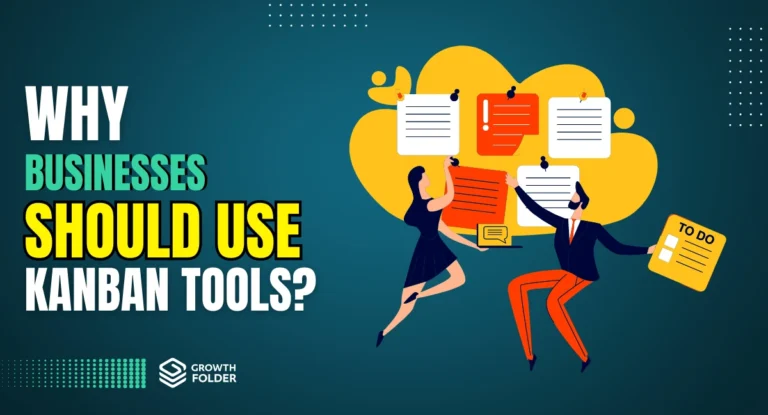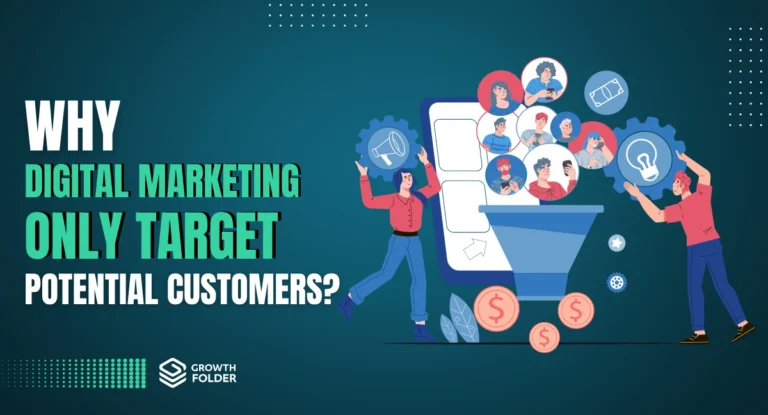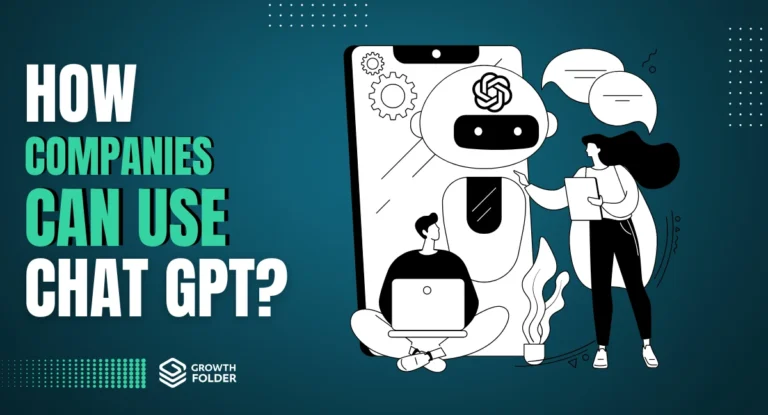
Imagine you’re a traveler lost in the wilderness, wandering aimlessly without a compass or map.
Suddenly, you see a dusty old signpost, weathered and worn by the heavy winds.
Struggling to look at the faded letters, you realize with relief that it points the way to civilization.

In the world of marketing, traditional methods are like that signpost, pointing the way forward but limited in their reach and scope.
Content marketing, on the other hand, is like a skilled guide who takes you by the hand and leads you on a journey of discovery.
It’s about crafting a narrative that resonates with your audience, capturing their attention, and guiding them toward your brand.
But what exactly is content marketing, and how is it different from traditional marketing?
In this article, we’ll explore the differences between traditional marketing and content marketing, and why the latter has become an essential tool for businesses looking to stand out in a crowded marketplace.
So fasten your seatbelt and get ready to embark on a journey of enlightenment – we promise, you won’t regret it.
Exactly How is Content Marketing Different from Traditional Marketing?
Anything Organic is always beautiful.
We always take things for granted that are free to use and take time to show results.
In the world of YouTube Shorts and Instagram Reels, we want everything quick.
And that is exactly when we forget to appreciate the beauty of delayed gratification.
The amount you put into running your ad campaigns will soon exhaust but the organic reach your brand gets with the content marketing will give you fruits for years to come.
✅ Purpose

Traditional marketing is all about promoting a product or service to potential customers with the goal of making a sale.
On the other hand, content marketing focuses on creating content that provides value to the target audience without necessarily promoting a product or service.
The purpose of content marketing is to establish a relationship with potential customers by providing them with useful and relevant information around the services they like.
For Example: Let’s say you are a software company having a project management tool of its own.
Traditional marketing would involve creating ads that highlight the features and benefits of your tool in order to convince potential customers to buy it.
Content marketing, on the other hand, would involve creating blog posts, ebooks, and other resources that provide information on project management best practices, tips for staying organized, and other related topics.
By providing this valuable content to your target audience, you establish yourself as an expert in the field and build trust with potential customers.
✅ Channels

Traditional marketing channels typically include print media, TV and radio advertising, as well as direct mail and telemarketing.
Content marketing, on the other hand, focuses on creating content that can be distributed through a variety of channels, including social media, email, blogs, podcasts, and more.
For Example: Let’s say you are a fashion retailer launching a new clothing line.
Traditional marketing would involve creating print ads for magazines and billboards, as well as TV commercials with some leading movie celebrities. (No doubt the celebrity fee will cost you big dollars 😎)
Content marketing, on the other hand, would involve creating a lookbook featuring your new clothing line and sharing it on your social media channels and website.
You could also create a series of blog posts featuring styling tips for your new clothing line or even partner with fashion influencers to create video content showcasing your clothing.
✅ Metrics

In traditional marketing, success is often measured by metrics such as sales figures and revenue generated.
In contrast, content marketing success is measured by engagement metrics such as website traffic, social media shares, and email open rates.
For Example: Let’s say you are a healthcare company that provides online therapy services.
Traditional marketing would involve tracking sales figures and revenue generated from your online therapy sessions.
Content marketing, on the other hand, would involve tracking metrics such as the number of people who visited your blog post on stress management tips, the number of social media shares your content received, and the number of email subscribers who signed up for your weekly newsletter.
These metrics help you understand how well your content is resonating with your target audience and can help you make informed decisions about future content creation.
✅ Longevity

Traditional marketing campaigns are often short-lived, with a set start and end date.
Content marketing, on the other hand, is a long-term strategy that involves creating and distributing valuable content on an ongoing basis.
Consistency without friction is what separates the fundamentals of content marketing from traditional marketing.
For Example: Let’s say you are a financial services company that provides investment advice.
Traditional marketing would involve running a short-term ad campaign promoting your investment services during tax season.
Content marketing, on the other hand, would involve creating a series of blog posts, webinars, and ebooks on investing for beginners, investing in a bear market, and other related topics.
By creating valuable content on an ongoing basis, you can establish yourself as a thought leader in the industry and build a loyal following of potential customers.
Once you deliver what you promised, these customers won’t wait for any tax season to consult you. Whenever they will face any kind of financial trouble, they themselves will find you.
✅ Audience

Traditional marketing typically targets a broad audience, with the goal of reaching as many potential customers as possible.
Content marketing, on the other hand, focuses on creating content that is specifically tailored to a target audience, with the goal of providing them with valuable and relevant information.
For Example: Let’s say you are a home decor retailer.
Traditional marketing would involve creating a general ad campaign showcasing your latest products and promotions to a broad audience.
Content marketing, on the other hand, would involve creating a series of blog posts and social media content specifically targeted toward home decor enthusiasts.
This content could include articles on how to create a cozy living room, DIY home decor projects, and more.
By targeting a specific audience with valuable content, you can attract a loyal following of potential customers who are more likely to engage with your brand afterward as well.
The Benefits of Content Marketing over Traditional Marketing
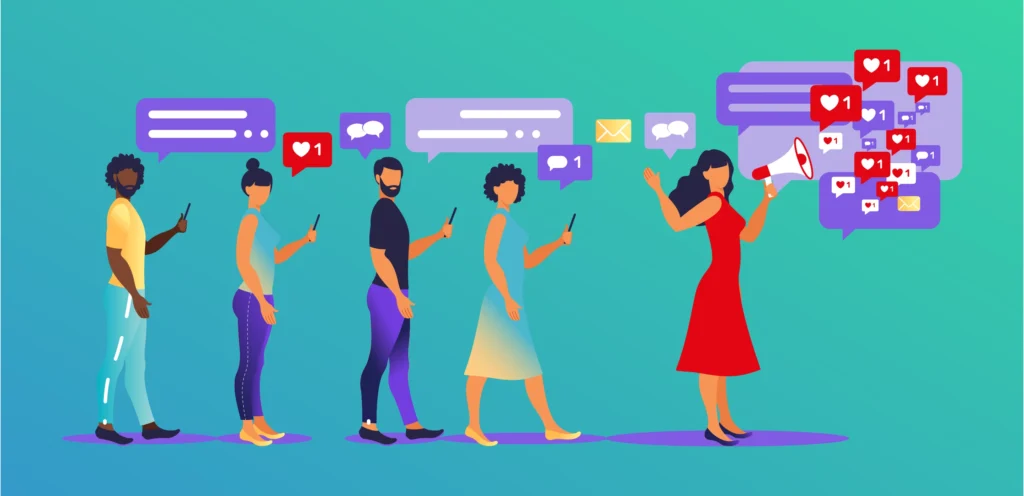
Cost-Effective
Traditional marketing can be expensive, with costs associated with print ads, billboards, and TV commercials.
Content marketing, on the other hand, allows you to reach a wider audience at a fraction of the cost.
Plus, you get to be creative with your content, rather than spending all your budget on a single ad.
Plus, you can repurpose that content across multiple channels to get even more bang for your buck.
So, if you’re looking to save money on your marketing efforts, content marketing is definitely the way to go.
For Example: Instead of spending $10,000 on a billboard ad that may or may not be seen by your target audience, you can invest a fraction of that amount into creating a series of blog posts, social media content, and videos that can be shared with a wider audience.
More Authenticity, Less Annoyance
Content marketing allows you to reach your audience without being intrusive or annoying.
Instead of interrupting people with a pop-up ad or a cold call, you can create valuable content that they will seek out and engage with willingly.
For example, a skincare brand could create a series of videos showing customers how to create a DIY facial mask using natural ingredients.
By providing value to its audience for free, the brand can build trust and establish itself as an authority in the skincare industry.
No wonder you launch a new series of face packs and it gets sold out!
Generates Long-Term Results
Traditional marketing campaigns often have a short shelf life.
Once the campaign is over, the buzz dies down, and you’re left with little to show for it.
Content marketing, on the other hand, can generate long-term results.
By creating evergreen content that continues to provide value to your audience over time, you can attract new customers for months or even years to come.
More Engagement, Less Disengagement
Content marketing can help you build a community around your brand, fostering engagement and loyalty.
By creating content that resonates with your audience, you can encourage them to engage with your brand on a deeper level.
For example, a coffee brand could create a blog series on the history of coffee, infographics with beautiful photos, and engaging storytelling.
Use social media to trend the brand hashtags with user-generated content and testimonials.
This content can encourage readers to share their own coffee experiences and connect with the brand on a personal level.
More Control, Less Dependence
Content marketing gives you more control over your brand message and image, without relying on third-party platforms or channels.
Traditional marketing often requires businesses to rely on TV ads, billboards, and other external channels to reach their audience.
With content marketing, however, businesses can create their own channels and platforms, such as a company blog or social media accounts, to reach their audience directly.
Common Misconceptions About Content Marketing

Content marketing is just blogging
While blogging is a popular form of content marketing, it’s far from the only one.
Content marketing can take many forms, including videos, social media posts, podcasts, and much more.
It’s not just about creating content, but about using that content to engage with your audience and drive business results.
Content marketing is easy
Sure, anyone can create a blog post or a social media update, but creating high-quality content that resonates with your audience takes time, effort, and expertise.
Content marketing requires a strategic approach, careful planning, and ongoing optimization to be truly effective.
Content marketing is just a buzzword
While content marketing has become a buzzword in recent years, it’s far from a passing trend.
Content marketing has been around for decades, and has evolved to become a cornerstone of many successful marketing strategies.
It’s not just a buzzword – it’s a proven way to connect with your audience and achieve your business goals as well.
Content marketing is only for big businesses
Content marketing is just as important for small businesses as it is for large ones.
In fact, content marketing can be especially beneficial for small businesses looking to establish themselves as thought leaders in their industry and build a loyal customer base.
Content marketing is too expensive
While content marketing does require an investment of time and resources, it doesn’t have to break the bank.
There are many cost-effective ways to create high-quality content, from repurposing existing content to leveraging user-generated content.
And the long-term benefits of content marketing – including increased brand awareness, customer engagement, and sales – can far outweigh the initial costs.
How to Incorporate Content Marketing into Your Marketing Strategy

Define your goals
Before you start creating content, it’s important to define your goals.
What do you want to achieve with your content marketing efforts?
Do you want to increase brand awareness, generate leads, or drive sales?
Defining your goals will help you create content that aligns with your overall marketing strategy and drives results.
Know your audience
To create content that resonates with your audience, you need to understand who they are, what they care about, and how they consume content.
Conducting market research, analyzing customer data, and leveraging social media insights can help you gain valuable insights into your target audience.
Create a content calendar
Consistency is key when it comes to content marketing.
Creating a content calendar can help you stay organized and ensure that you’re publishing content on a regular basis.
Your content calendar should include topics, formats, publication dates, and promotion strategies.
Promote your content
Creating great content is only half the battle – you also need to promote it effectively.
Share your content on social media, include it in email newsletters, and leverage paid advertising to reach a wider audience.
And don’t forget about search engine optimization (SEO) – optimizing your content for search engines can help drive organic traffic to your website.
Measure your results
To determine the effectiveness of your content marketing efforts, you need to measure your results.
Use analytics tools to track metrics such as website traffic, engagement rates, and conversion rates.
This data can help you refine your strategy over time and ensure that you’re getting the most out of your content marketing efforts.
Businesses that Successfully Transitioned from Traditional to Content Marketing – Case Studies
Blendtec

Blendtec, a manufacturer of high-end blenders, successfully transitioned from traditional advertising to content marketing with its “Will it Blend?” video series.
The series featured the company’s founder blending various objects – including an iPhone and a Rubik’s Cube – to showcase the power of the blender.
The videos went viral, generating millions of views and increasing sales for the company.
HubSpot
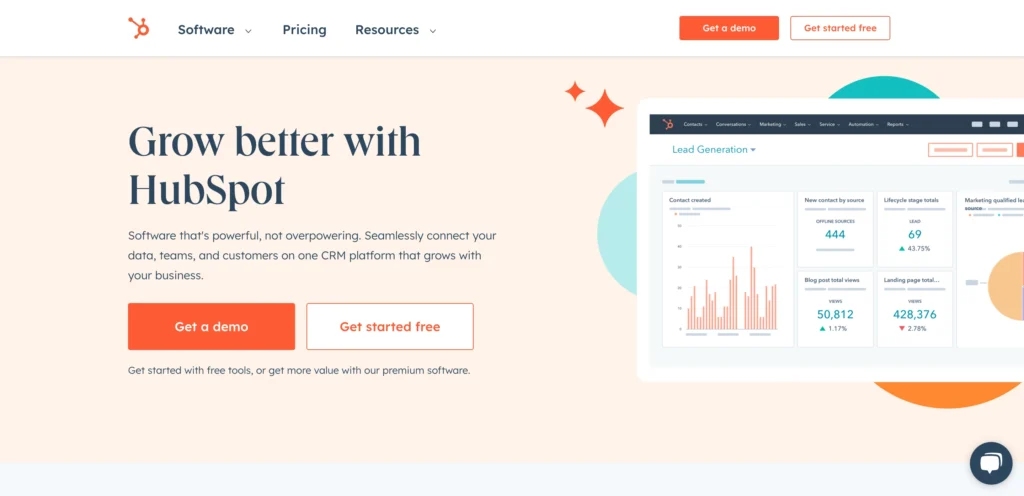
The marketing software company HubSpot built its entire brand on the principles of inbound marketing – a form of content marketing that focuses on attracting customers with valuable content rather than interrupting them with ads.
By creating helpful resources like blog posts, ebooks, and webinars, HubSpot has become a trusted authority in the marketing industry, attracting millions of leads and customers in the process.
Dollar Shave Club

The subscription razor service Dollar Shave Club disrupted the industry by creating humorous, relatable content that spoke directly to their target audience: men who were tired of overpriced razors.
Their “Our Blades Are F***ing Great” video went viral, and the company has continued to create engaging content that sets them apart from traditional razor brands.
Red Bull

The energy drink brand Red Bull is a master of content marketing, using extreme sports and daring stunts to create thrilling content that captures the attention of its young and adventurous target audience.
From sponsoring Felix Baumgartner’s record-breaking skydive to creating the Red Bull Stratos YouTube channel, Red Bull has built a massive following of fans who see the brand as a symbol of excitement and adventure.
REI (Recreational Equipment, Inc.)

The outdoor retailer REI has long been known for its commitment to sustainability and environmentalism.
But instead of just talking about their values in ads, they started creating content that showcased their commitment to the planet.
From inspiring outdoor adventure videos to educational content about Leave No Trace principles, REI has built a loyal following of customers who share their values.
Sephora
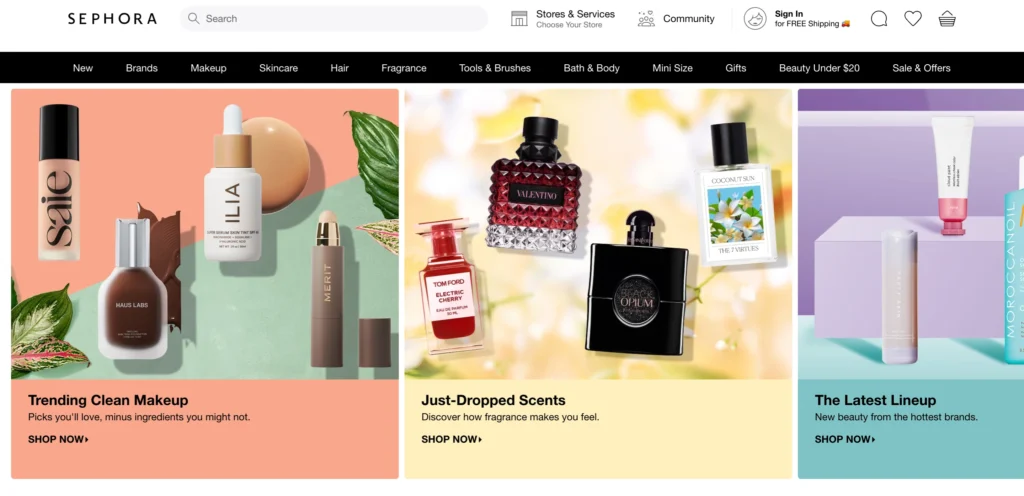
The beauty retailer Sephora has used content marketing to build a community of loyal customers who rely on the brand for beauty inspiration and advice.
Their Beauty Insider community features user-generated content, product reviews, and educational resources that help customers learn about new products and techniques.
Sephora’s YouTube channel also features tutorials and behind-the-scenes looks at the latest beauty trends.
The Future of Marketing: The Role of Content in a Digital Age

The future of marketing is all about content.
In a digital age where consumers are bombarded with ads and promotional messages, content marketing offers a refreshing alternative that puts the focus back on providing value to the customer.
Here are a few key trends that are shaping the future of content marketing:
Personalization
As consumers become more sophisticated, they expect marketing messages that are tailored to their individual needs and preferences.
This means that businesses will need to invest in tools and technologies that allow them to deliver personalized content at scale.
For example, Amazon uses data on customer browsing and purchase history to recommend products that are likely to be of interest to each individual customer.
Video
Video is quickly becoming the preferred format for consuming content online, and businesses that fail to invest in video content risk being left behind.
Whether it’s short-form content for social media or long-form videos for YouTube, businesses that can create compelling video content will have a significant advantage over their competitors.
Interactive Content
Interactive content, such as quizzes, surveys, and polls, allows businesses to engage their audience in a more meaningful way.
Interactive content can also provide valuable data on customer preferences and behavior, which businesses can use to inform their marketing strategy.
Voice Search
With the rise of smart speakers and voice assistants, businesses will need to optimize their content for voice search.
This means creating content that is conversational in tone and uses natural language.
Businesses that can effectively optimize their content for voice search will be well-positioned to capture a growing share of search traffic.
AI and Machine Learning
As businesses collect more data on their customers, they will need to invest in AI and machine learning technologies that can help them make sense of this data and deliver more personalized content.
For example, Netflix uses machine learning algorithms to recommend shows and movies to its users based on their viewing history.
Conclusion
As we come to the end of our journey through the wilds of marketing, we hope you’ve come to see that content marketing isn’t just a passing fad or trendy buzzword.
It’s a powerful tool that can help you navigate the treacherous waters of modern business, guiding you toward success and prosperity.
Content marketing and traditional marketing are two distinct strategies, each with its own strengths and weaknesses.
Think of content marketing as a well-crafted map, leading you toward your destination with ease and confidence.
Traditional marketing, on the other hand, is like a rusty old compass, spinning wildly and leading you astray at every turn.
So if you’re looking to make your mark in today’s fast-paced world, it’s time to toss that compass aside and embrace the power of content marketing.
Craft a compelling narrative, engage with your audience, and watch your brand soar to new heights.
Remember, in the world of marketing, the journey is just as important as the destination.
So why not make it a journey worth remembering?
With content marketing as your guide, the possibilities are endless.
